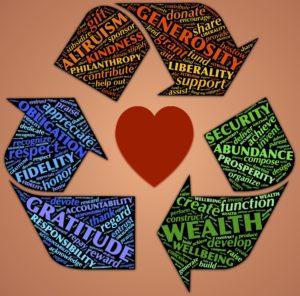Are You Rocking Donor Retention 101?

You love me. I love you. Let’s hang out and rock!
Really, donors definitely want to rock and roll with you. It brings them joy and meaning!
Yet, I’m going to go out on a limb and say it’s doubtful you’re rocking along with your donors unless you’re making robust use of your donor database for this purpose.
In other words, you must make donor engagement and retention a TOP priority.
Retention lives or dies in how effectively, or not, you use your database to support your relationship-building, loyalty-driving efforts.
If you think of your database as a largely undifferentiated mailing list, you’re not going to realize your potential to:
- Boost renewal rates
- Increase average gift size
- Upgrade donors
- Secure major and legacy gifts
- Recapture lapsed donors
- … and more!
Really, I just can’t bear to think of you not maximizing return on your investment.
And that won’t happen unless you focus on donor lifetime value.
And lifetime value will be very, very small — unless you retain and upgrade donors over time.














 I find a widespread misunderstanding about the notion of what constitutes being donor-centered. It derives from two misconceptions:
I find a widespread misunderstanding about the notion of what constitutes being donor-centered. It derives from two misconceptions: